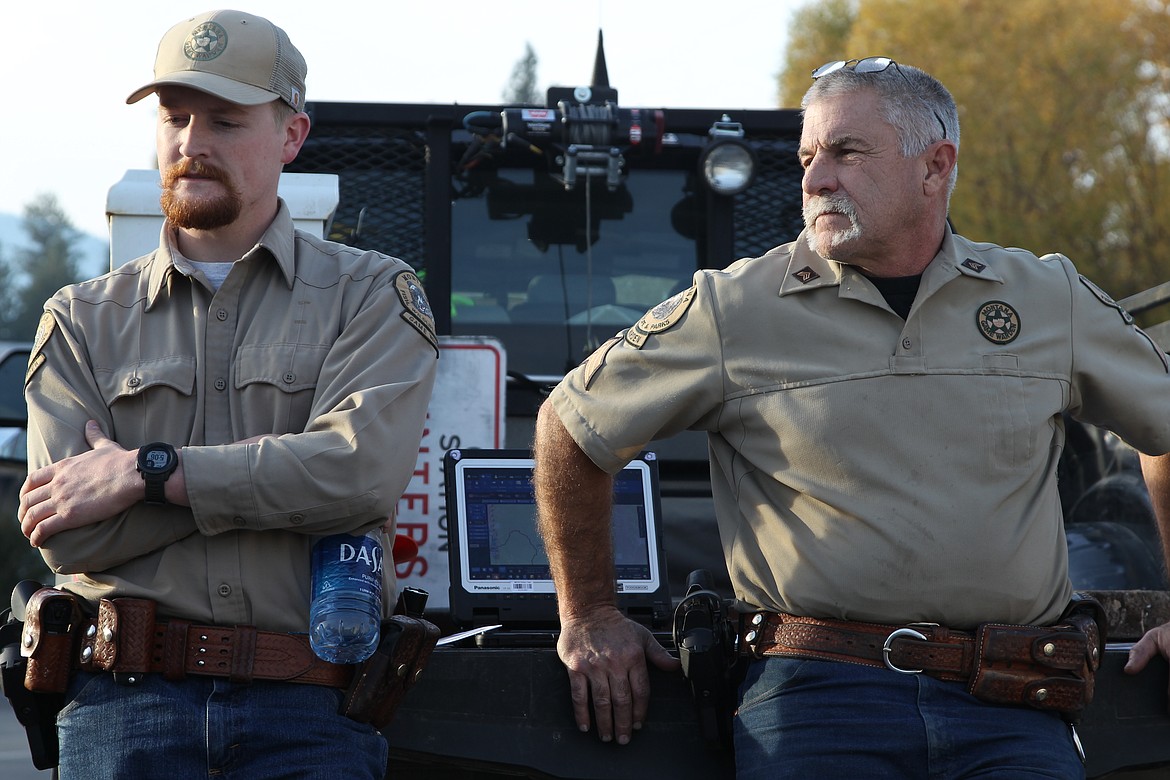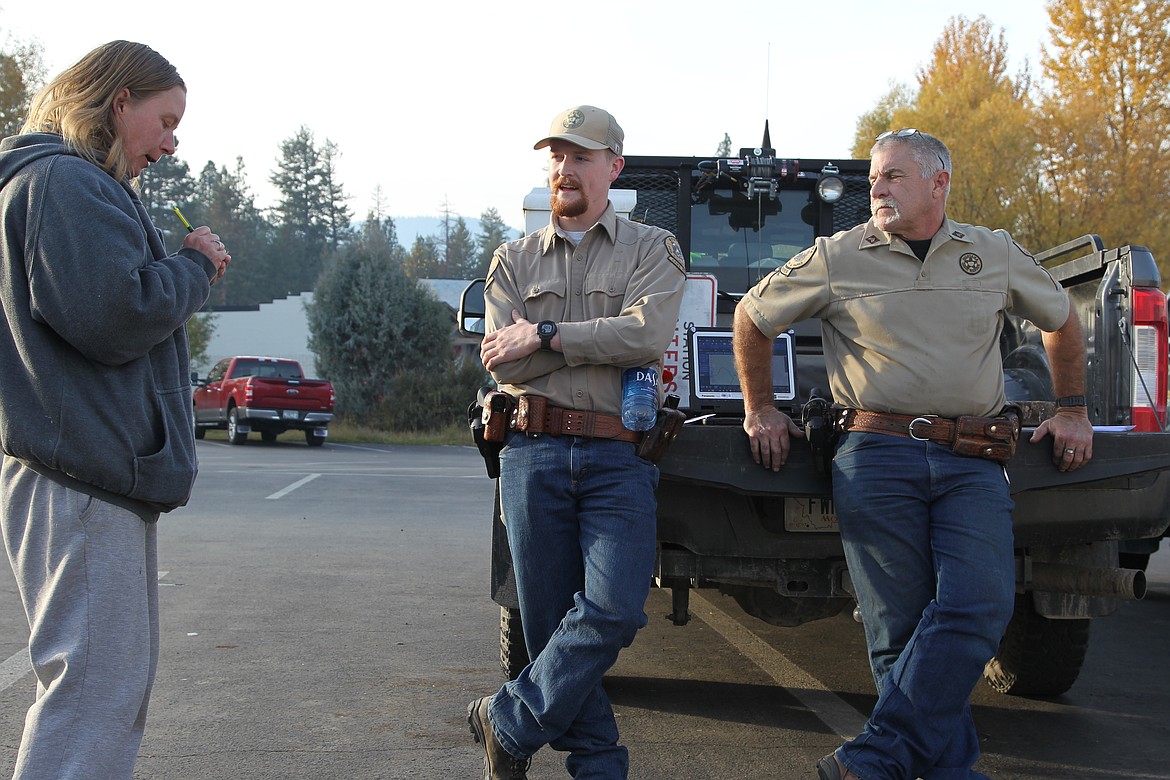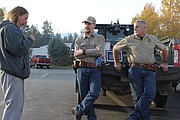FWP officials address top hunting season questions at Libby gathering
With changes coming to this year’s hunting regulations, local game wardens held an open meeting on the eve of the big game general season last week.
Topping the list of questions state officials have received are queries on a new muzzleloader season, changes to wolf trapping regulations and chronic wasting disease monitoring procedures, according to Sawyer Johnson, game warden with Montana Fish, Wildlife and Parks...
Become a Subscriber!
You have read all of your free articles this month. Select a plan below to start your subscription today.
Already a subscriber? Login





